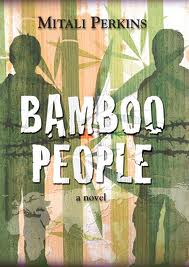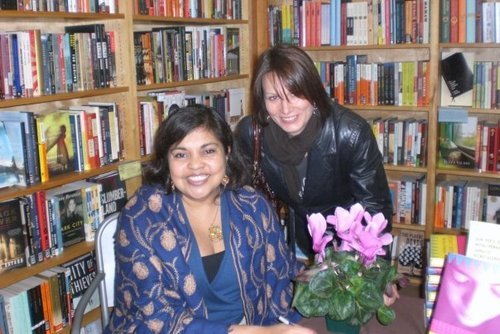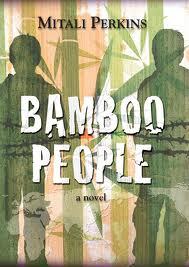CBC Diversity: Lesson Learned?

Sometimes what I learn about myself in my work as a children’s book editor is downright embarrassing and cringe-worthy: that despite my best intentions, my predominantly white upbringing, educational background, and chosen profession have not adequately prepared me to be as racially and culturally sensitive as I would like.
I don’t want to admit that about myself. And I really don’t want to admit it publicly on a diversity-themed website in front of the children’s literature community.
But I’m never going to make progress if I don’t call myself out and invite others I work with to call me out as well. And more to the point, since it’s not all about my personal development here, the books I help make aren’t going to reflect reality or drive change in our society if this important process doesn’t happen.

So let me share three lessons I’ve learned from working with Mitali Perkins, a writer as talented as she is kind and ebullient. Her books are terrific: vibrant characters, exciting and believable plots, natural pacing, clear themes—the whole literary package. Mitali is also a passionate advocate for inclusive literature, and she’s not afraid to let me know, in the nicest way possible, when I get in the way of that goal.
Lesson #1: Acknowledge That I Have Biases

In working on the book Bamboo People (published 2010), I suggested that one of the characters, who was of Burmese decent, could show his embarrassment in a key scene by having his cheeks redden. Mitali gently informed me that the character’s brown skin just wouldn’t redden up like a white person’s would. I felt horrible, stammered something in reply, and let the floor under my desk open and swallow me up. My own cheeks flamed red in ironic retribution.
Lesson #2: Think About How I Position My Books
One of the key tasks I perform as editor is to write the text for the inside flap of the jacket. This writing, called flap copy, positions the book for the market, forms the basis for many book reviews, and with any luck entices the reader to purchase the book and enjoy the story within its pages.
Mitali’s next book with us, Tiger Boy, will be published in Spring 2015. I wrote what I thought was pretty decent flap copy (introducing the main character, setting, and plot conflict) and sent it off to Mitali for her opinion. Her gracious and polite response: “Could you write it so that it reads more as ‘mirror’ than ‘window,’ so that it appeals to a universally shared sense of adventure and love of animals from the start?” What she didn’t say, but could have, was “You’re positioning the main character as ‘other’ right from the get-go and limiting the book to a niche multicultural market.”
Ugh! I had screwed up again, even after becoming a CBC Diversity committee member and taking other steps to educate myself. Super embarrassing. But the solution was clear. I opened the Word doc, inverted the flap copy to lead with the book’s action-based content, and the result was better.
Lesson #3: Notice What I Don’t Know
My unconscious bias isn’t exclusively contained to matters of race or culture. My religious upbringing was secular, and I grew up in a town where religion was considered a private matter—not for public discussion. So when Mitali peppered Bamboo People with references to the parable of the Good Samaritan (not exactly an obscure tract of the Bible), I was clueless.
But by the time we got to Tiger Boy, I knew how to ask better questions, and the author’s note includes a short line acknowledging the influence of the parable from the Gospel of Matthew about the talents given to three stewards. My thought process is that an understanding of the novel’s source material is valuable for readers—if they know the parable, there’s greater insight into the story, and if they don’t, the wonders of the internet or library might educate and inform them as I wish I had been informed.

These three lessons drive home this point to me: If I’m showing my ignorance or am being unintentionally offensive in my editorial process, I really do want to know about it. I need to stop being afraid of messing up, accept the fact that I will, and figure out how to have a meaningful dialogue about it.
Bottom line, a big part of the diversity issue in publishing is white editors like me. The reason why there aren’t enough inclusive and representational children’s books is a systemic societal problem, to be sure, but editors have the power to decide what is brought to acquisition and how a project is shaped and positioned for the market. That power can be used to change our industry for the better, and that change will happen by learning from our mistakes and applying those lessons to our everyday work.

